How Do AC Centrifugal Fans Support Energy Efficiency?
How Do AC Centrifugal Fans Support Energy Efficiency?
Energy efficiency is a key priority in modern HVAC, industrial, and commercial ventilation systems. Selecting an energy-efficient AC centrifugal fan not only reduces operating costs but also contributes to sustainability goals and compliance with global energy codes (e.g., ASHRAE 90.1, IECC, ERP, or GB standards).
Here’s how centrifugal fans are engineered to deliver high-efficiency performance:
✅ 1. High-Efficiency Impeller Designs
Blade geometry plays a central role in energy optimization:
- Backward-Inclined Blades: Known for their aerodynamic efficiency, these impellers reduce system resistance and consume less energy per unit of airflow.
- Airfoil Blades: Mimic aircraft wing profiles to minimize turbulence, pressure loss, and noise—making them ideal for high-performance HVAC systems.
Result: Higher static efficiency at lower power input, particularly in ducted or filtered environments.
✅ 2. Premium-Efficiency Motors
Modern centrifugal fans are equipped with motors that meet or exceedIE3, NEMA Premium, or equivalent energy ratings.
- Reduced I²R losses.
- Optimized for continuous-duty operation with lower heat buildup.
Result: Lower power consumption, improved motor lifespan, and reduced maintenance intervals.
✅ 3. Variable Frequency Drive (VFD) Compatibility
Pairing centrifugal fans with a VFD enables real-time speed control based on system demand.
- Reduce speed during off-peak loads.
- Adjust for seasonal airflow needs.
- Integrate with Building Management Systems (BMS) or smart controllers.
Result: Up to 30–50% energy savings in variable-air-volume (VAV) or demand-controlled ventilation systems.
✅ 4. Optimized Airflow Performance
Precision-engineered fans are selected to match exact airflow (CFM) and static pressure (inH₂O / Pa) requirements—avoiding overdesign and unnecessary energy use.
- Fan selection software ensures the most efficient operating point on the fan curve.
- Duty-point customization available upon request.
Result: No oversizing, no waste—just optimal performance at your desired system load.
✅ 5. Low-Noise, Low-Energy Comfort Solutions
Efficient fans reduce not only energy usage but also sound levels:
- Lower RPM fans generate less turbulence and motor noise.
- Critical for office buildings, schools, hospitals, and cleanroom environments.
Result: Quiet, efficient operation without sacrificing airflow performance.
✅ 6. Custom Configurations for Targeted Efficiency
We offer tailored fan designs that match your application’s:
- Air volume and pressure needs.
- Voltage and frequency supply.
- Space, layout, and acoustical constraints.
Result: No compromises between efficiency and system integration.
✅ 7. Long-Term Cost Savings
An investment in energy-efficient fans reduces:
- Monthly energy bills
- Equipment downtime
- Cooling loads due to less motor heat
- Total cost of ownership (TCO) over the system’s life cycle
Ideal for organizations focused on ROI, green building certifications (e.g., LEED), and long-term operational efficiency.
Built for Sustainability & Compliance
Energy-efficient centrifugal fans help your facility meet:
- National energy efficiency standards (ASHRAE, IECC, ERP, etc.)
- Corporate sustainability goals
- Environmental certifications and incentives
Need help selecting the most energy-efficient fan for your project?
Let our technical team run a performance analysis and provide a cost-benefit comparison.
👉Contact us to begin your energy savings assessment today.


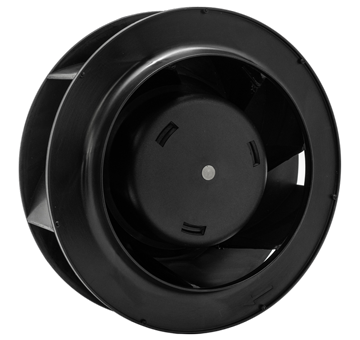
.png)
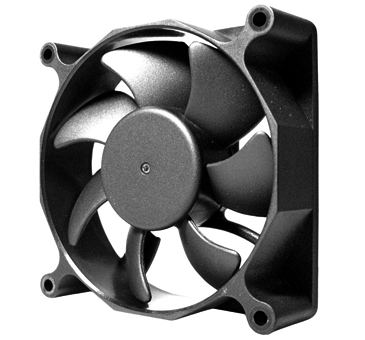
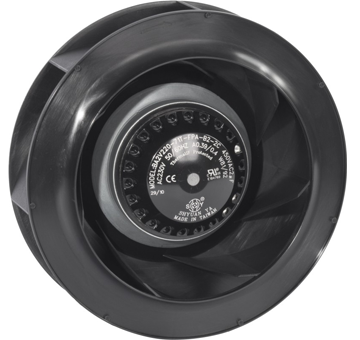
.jpg)
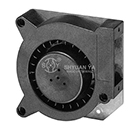
.jpg)
_top.jpg)
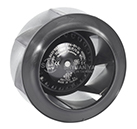
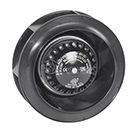
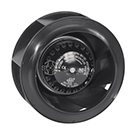
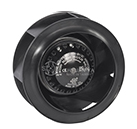
.jpg)
.jpg)
.jpg)
.jpg)
.jpg)
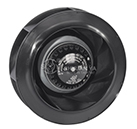
.jpg)
.jpg)
.jpg)
.jpg)
.jpg)
.jpg)
.jpg)
.jpg)
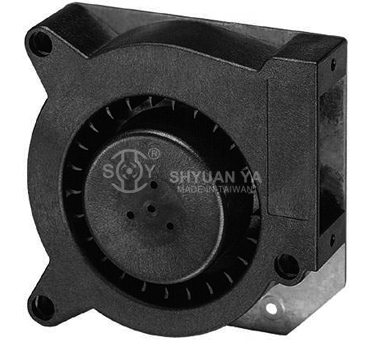
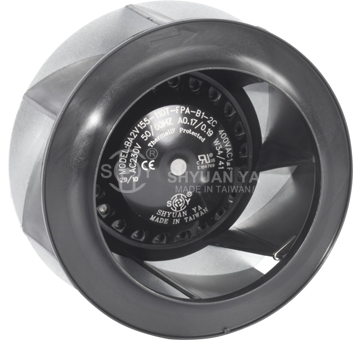
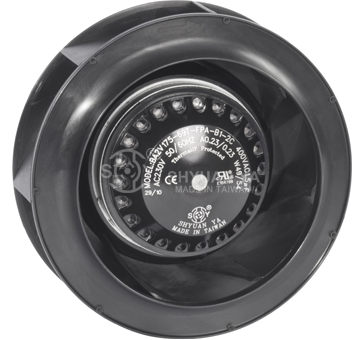
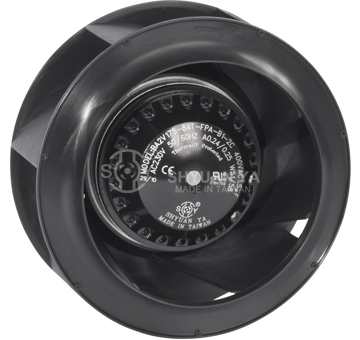
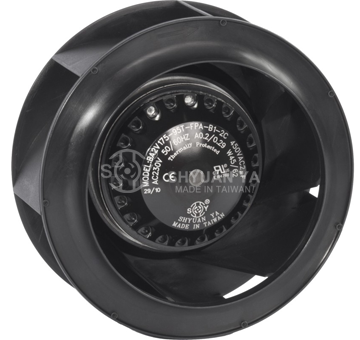
.jpg)
.jpg)
.jpg)
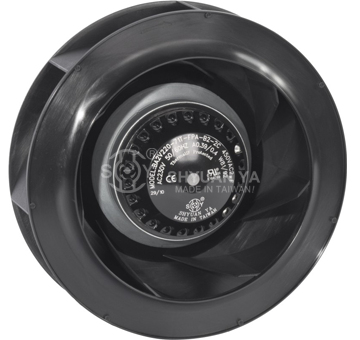
.jpg)
.jpg)
.jpg)
.jpg)
.jpg)
.jpg)
.jpg)
.jpg)
.jpg)